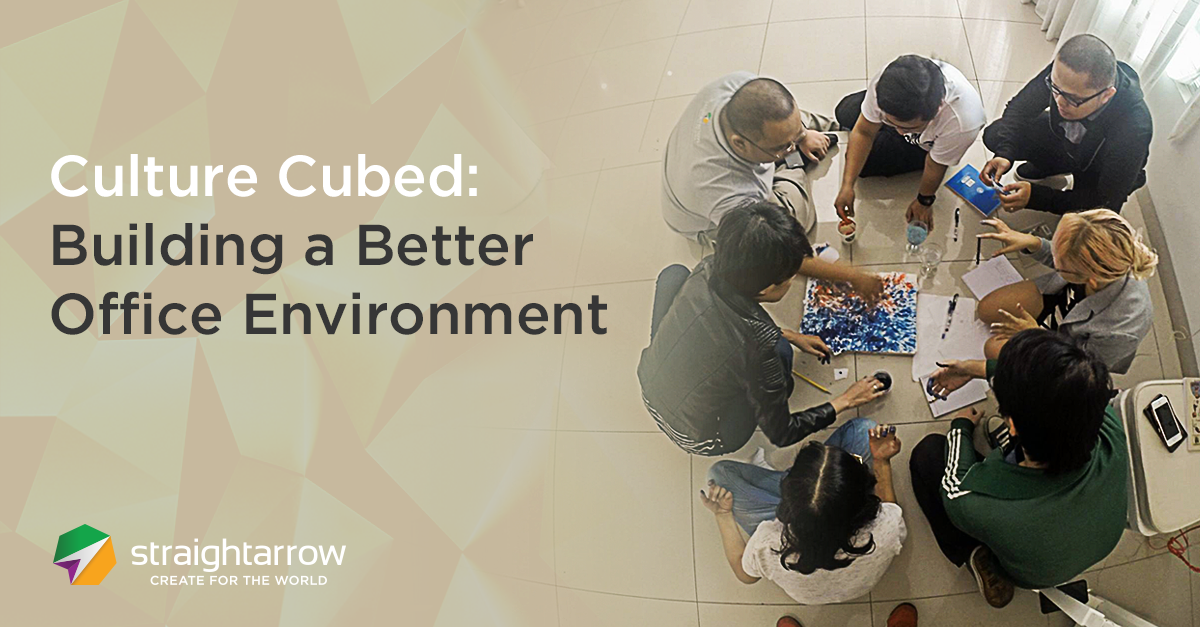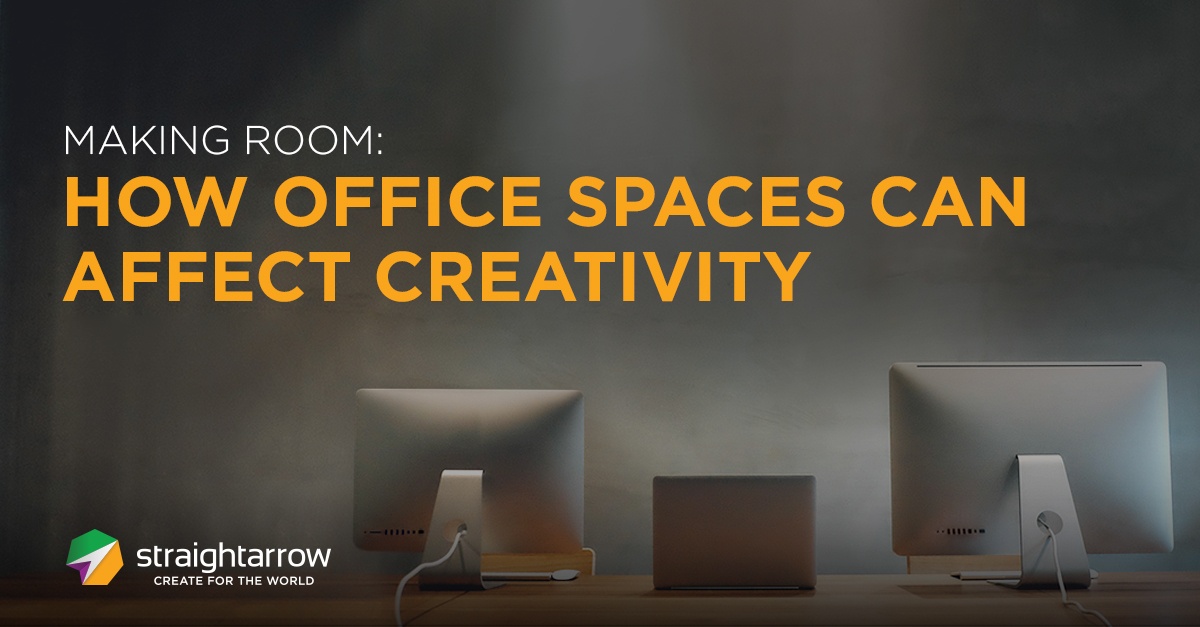
“Friendly” is a term used to describe people, crowds, a server at a restaurant or your neighbor's dog. It means something that can respond to your affections, or at the very least, something that can engage with you in a personal, real-time, and pleasant way of doing so.
So why the insistence on using this term to describe offices?
It would immediately be worrying to any office worker if their chair suddenly decided to say hello, so companies obviously don’t mean this literally. But this dissonance between the bare-business, bustling workplace and the worry-free, wandering spirit image of a bar is a tough nut to crack. It hasn’t really stopped companies from trying, though.
So what gives?
The use of “friendly” with regard to offices is wrong terminology, for starters. Company branding is a good hook for recruitment, but the line and sinker are a little more complex than that. This lies in the difficulty bridging a professional environment with one that promotes employee engagement—or what we can refer to as being “friendly.”
On one hand, you have the “yeah, we’re all pretty chill and mellow here” vibe that corporate branding almost always aims at. It makes sense: less stressed environments make for happier workers. On the other hand, you have the entire “this is still a business, we need to be professional and stick to goals” attitude that is needed of a workplace. This divide is what makes a friendly office so difficult to achieve—the bottom line that it is still a job.
Bottoms up
Corporate branding falls into the trap of completely ignoring this bottom line, instead focusing on just getting more people to apply based on the “cool office design” trend that’s so common among startups. While people may certainly appreciate the quirky office, it’s not what they’re going to work for.
Companies need to start understanding that embracing their corporate identity isn’t necessarily bad. While this may certainly ruffle a few marketing branding guidelines here and there, there are a couple of reasons why doing this may actually make your office “friendlier”.
- It makes things clear. People appreciate clarity in all things - knowing where they stand in a friendship is important to them. Offices that often confuse them by saying “it’s not work!” are most likely to strain relationships when professionalism is demanded in the future.
- … and that’s pretty much it.
Admittedly, it’s a counterintuitive idea to most of the strategies out there. While most industries have now been leaning to the cluster-focused “work is your second family” narrative, there’s merit to letting work just be work—and colleagues really just being friends.
But what about the people?
No doubt at this point human resources would be a little more than irritated about this direction, and rightfully so—it’s their job to take care of the employee. But this well-meaning intent is disruptive to something very important: the employee’s individuality.
Picture this. Instead of having your employees be friendlier with the company as a whole, why not create an environment that allows your employees to be their best selves? A work culture that plays to developing employee strengths instead of penalizing them by forcing them to give up their individuality will fail, sooner or later. This is extremely important in companies that employ a large number of millennials.
And again, this flies in the face of tradition: what about workplace issues? Team dynamics? Job ladders? Company and client relations? Would allowing everyone to be just who they want to be disrupt productivity? The simple answer to that question is no, and there are plenty of companies that can prove it.
Bottom bottom line
This idea of clarity—of a workplace that can be both professional to recognize that business is business, yet not so uncaring as to disregard the well-being of their employees—is the unspoken criterion that employees look at the most when choosing to stay with a company.
It’s the company’s responsibility in making sure that this image (or what is essentially their office branding) be consistent. Clarity is making bold strokes. But clarity is also about the subtleties, the rules that are immediately understood. For a company to achieve this balance of clarity and office branding, the office must be designed in such a way that promotes this narrative.
Let people have space. Give your employees areas to work. Hold meetings, but also hold lunches. Don’t pressure them into enjoying themselves. Encourage them to take some time off, without fear of reprisal or loss of job security.
There’s no harm in letting your employees know that the workplace is a place where work is done, but it’s also essential to remind them that they are the ones doing the work—and therefore all of them is needed to make the task done. Corporate branding must focus on letting their employees be themselves. This approach allows everyone to bring all they have to the table—even the part of themselves that wants to have a little fun.
We’re all just here to make friends, after all.







Comments